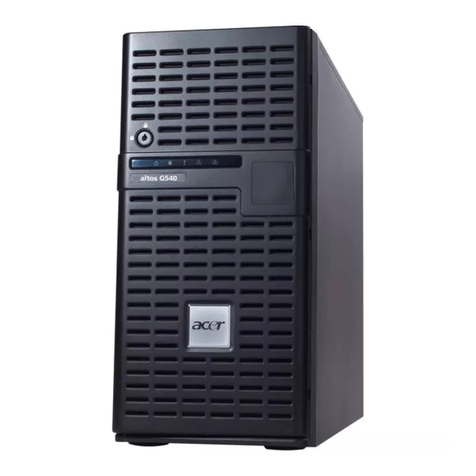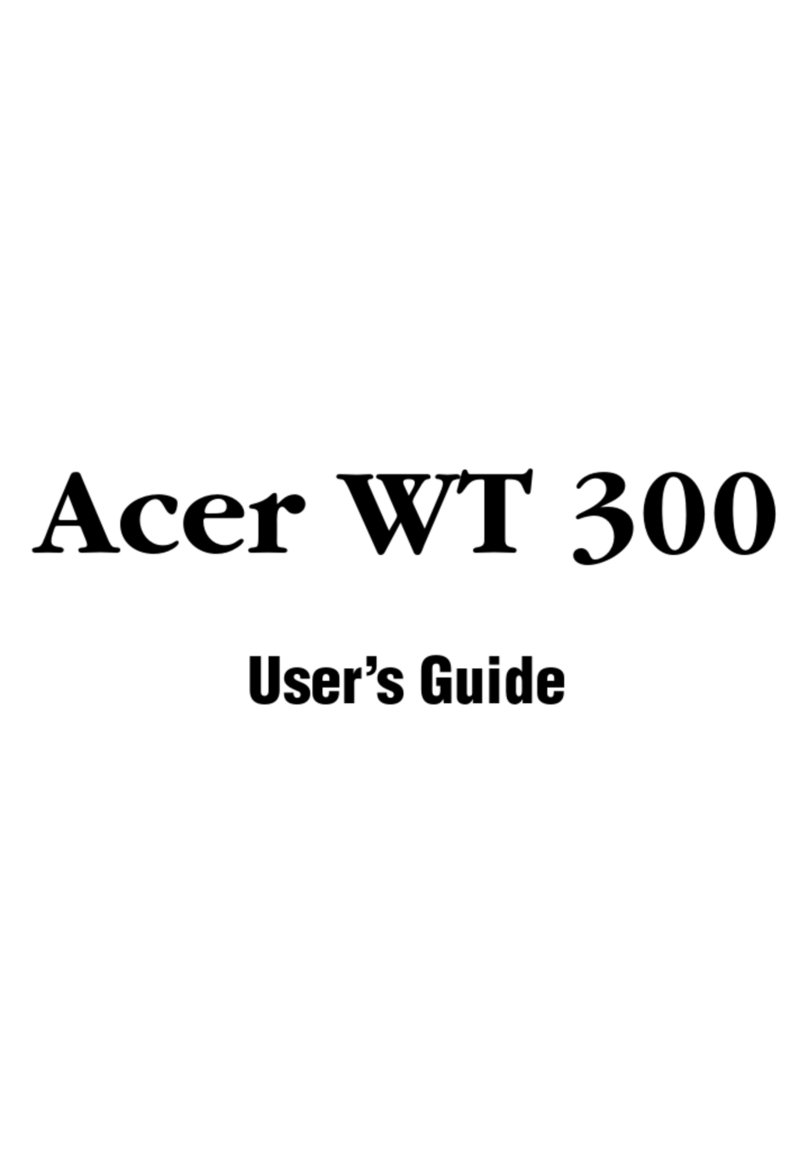Acer 700id User manual
Other Acer Server manuals
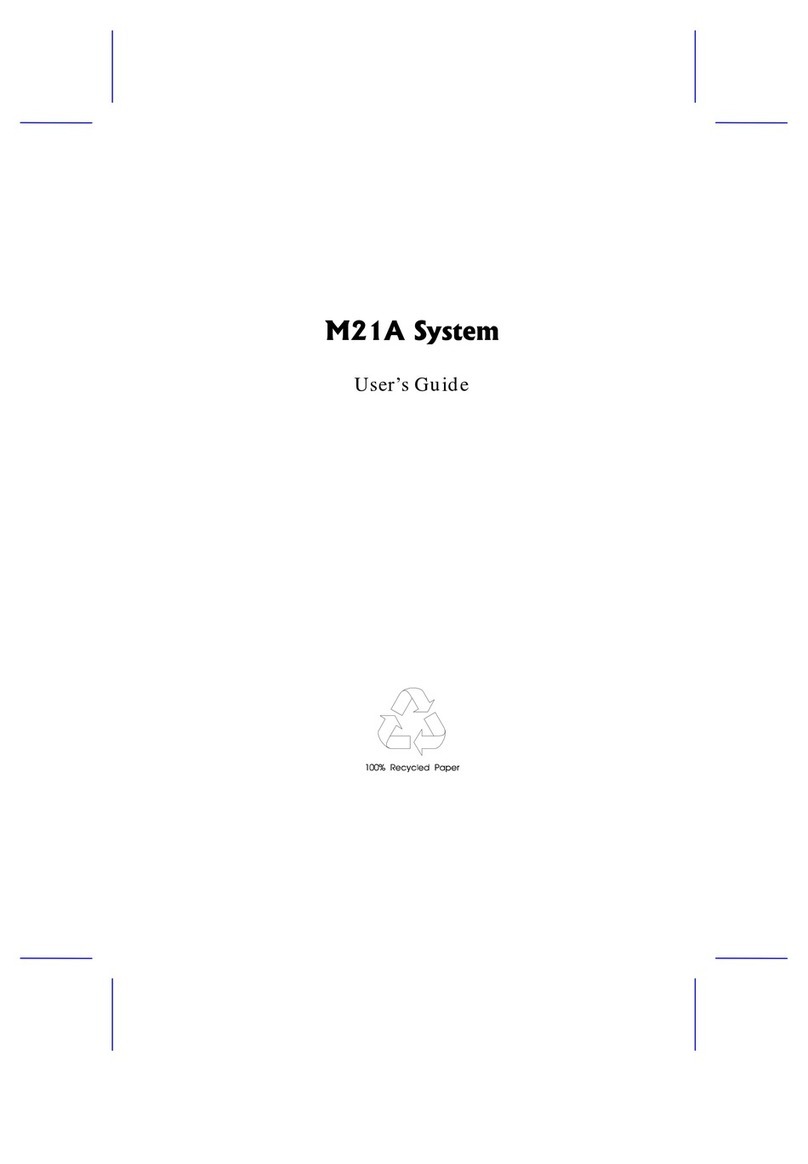
Acer
Acer 12000 User manual
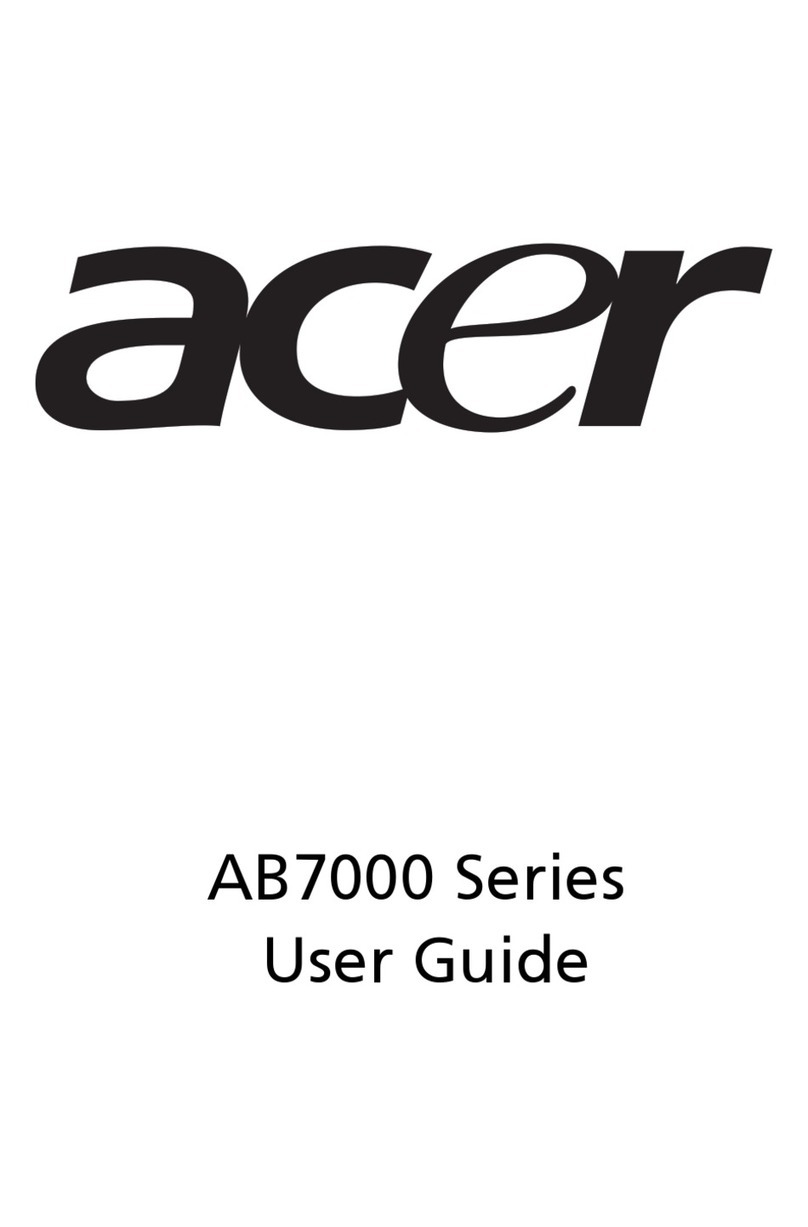
Acer
Acer AB460 F1 User manual

Acer
Acer R5250-Q2000 - Altos - 2 GB RAM User manual
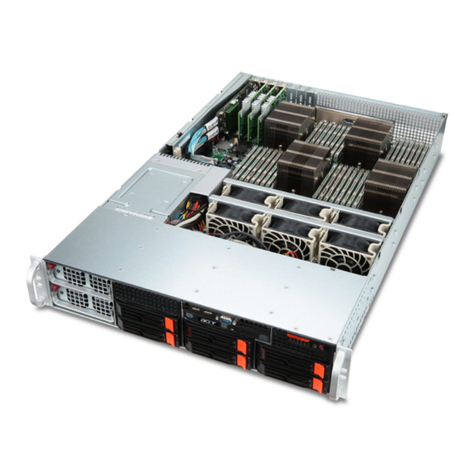
Acer
Acer AR585 F1 User manual
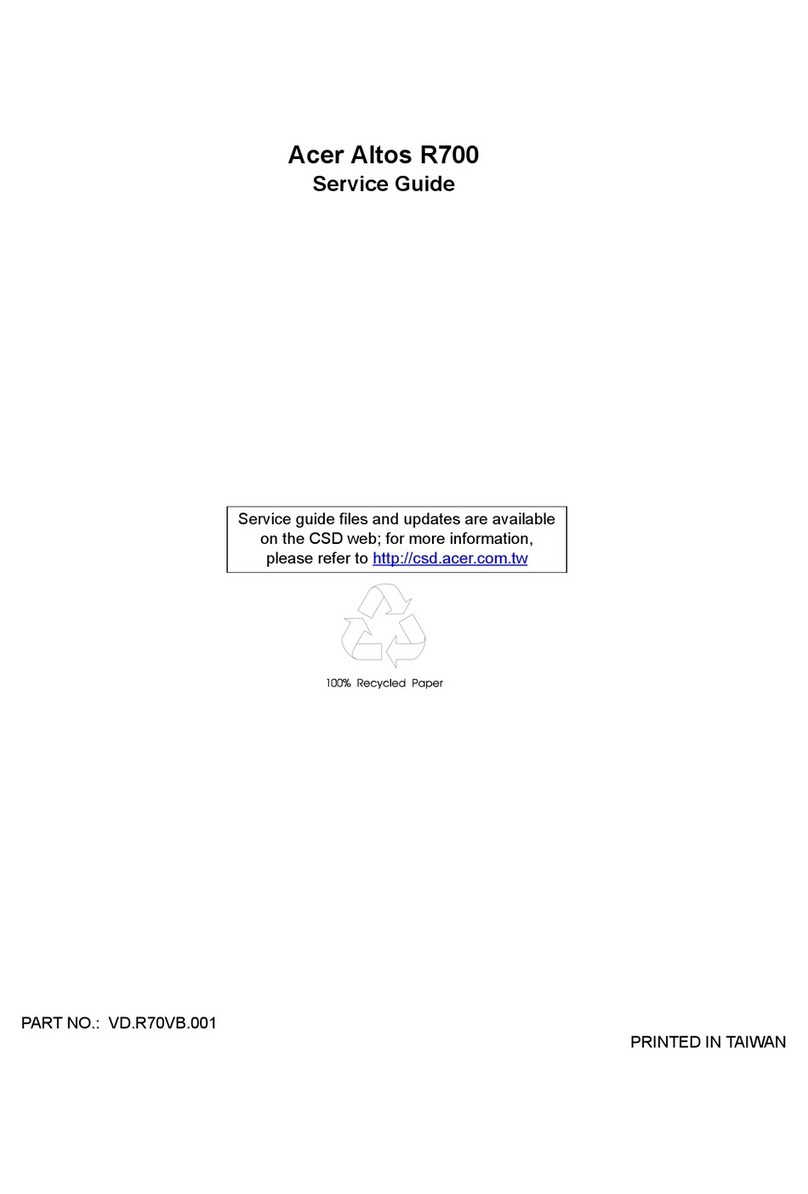
Acer
Acer Altos R700 Series User manual

Acer
Acer Altos R700 Series User manual
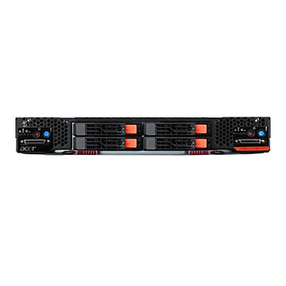
Acer
Acer AB2x280 F1 User manual
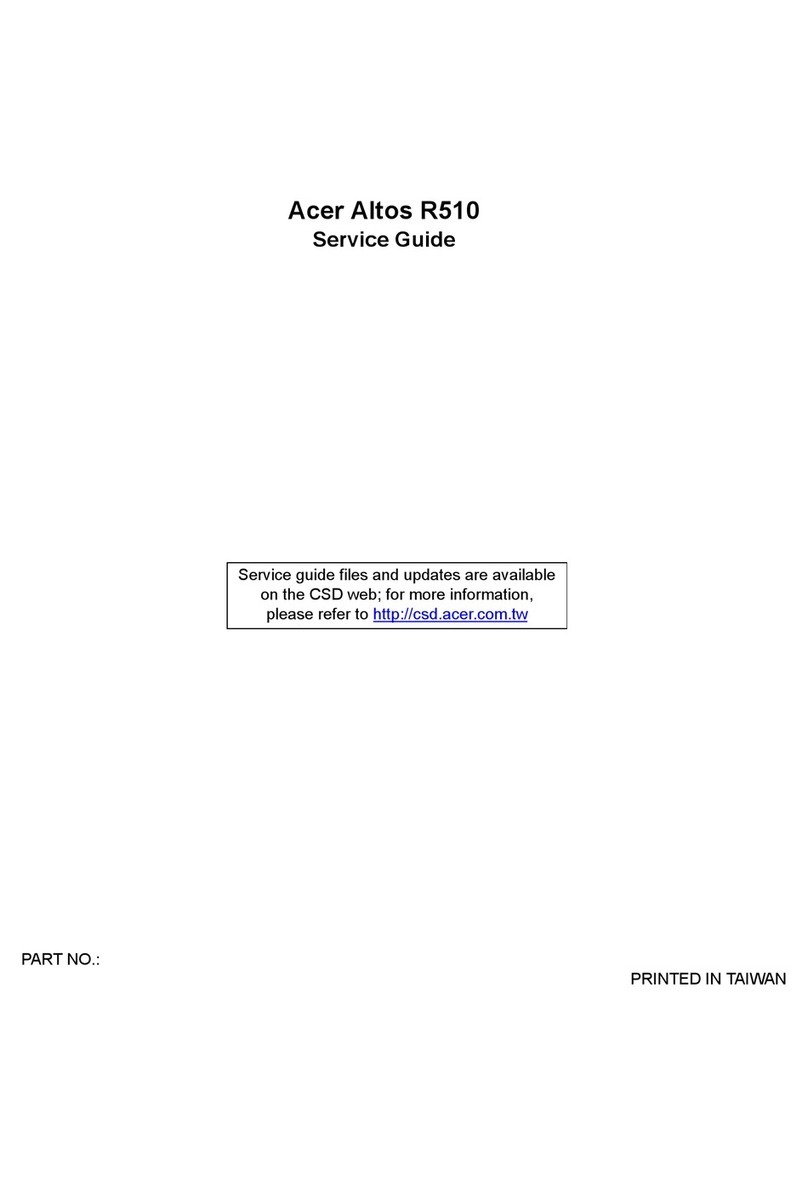
Acer
Acer Altos R510 User manual

Acer
Acer Altos G520 series User manual
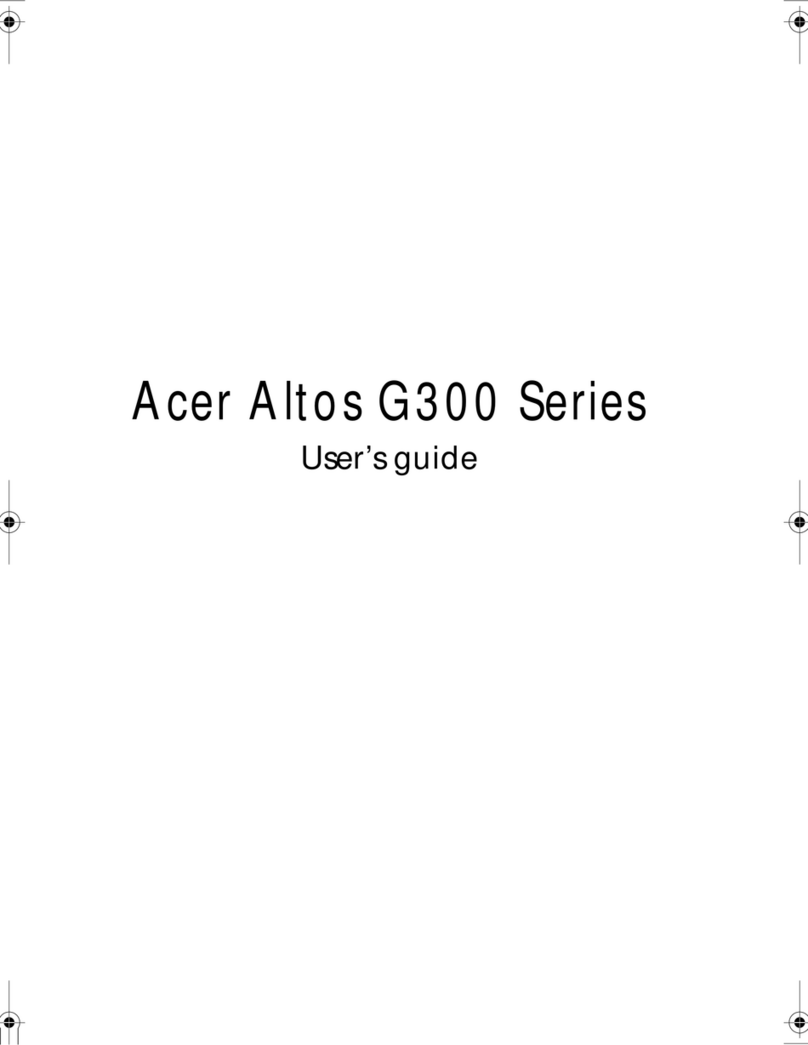
Acer
Acer Altos G300 User manual

Acer
Acer AT350 F1 Series User manual
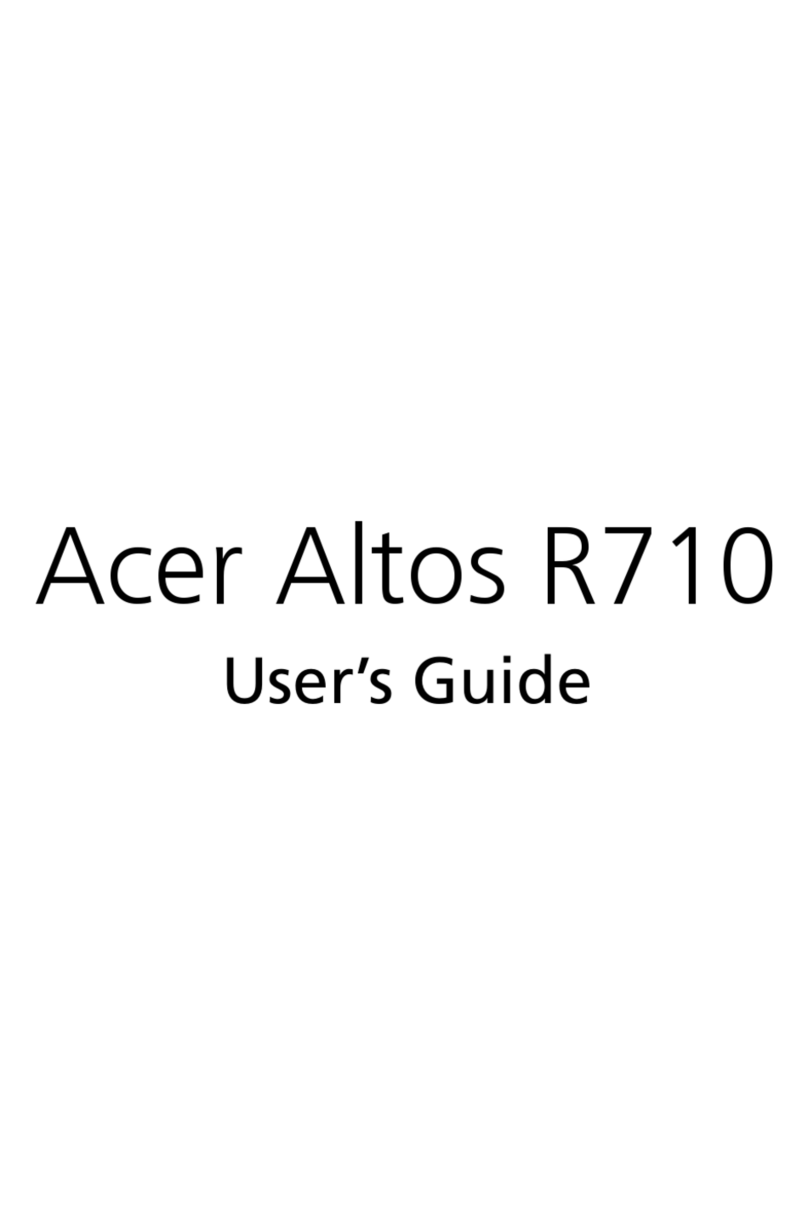
Acer
Acer Altos R710 User manual

Acer
Acer Altos G700 series User manual
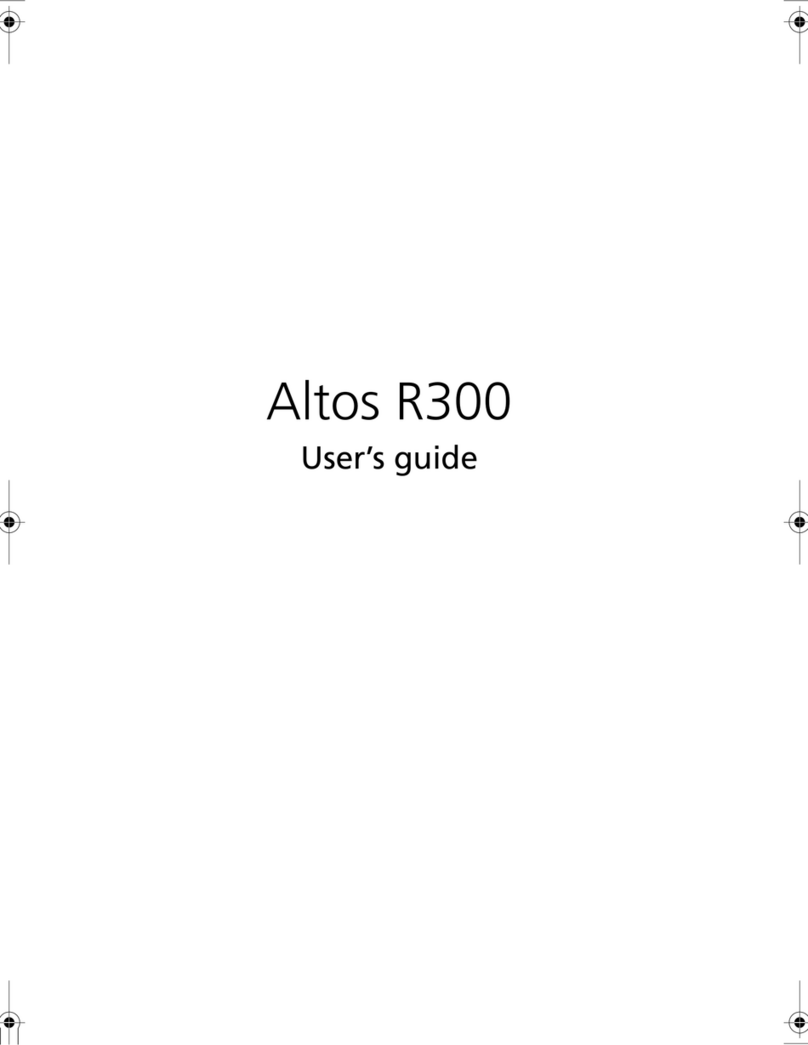
Acer
Acer Altos R300 User manual
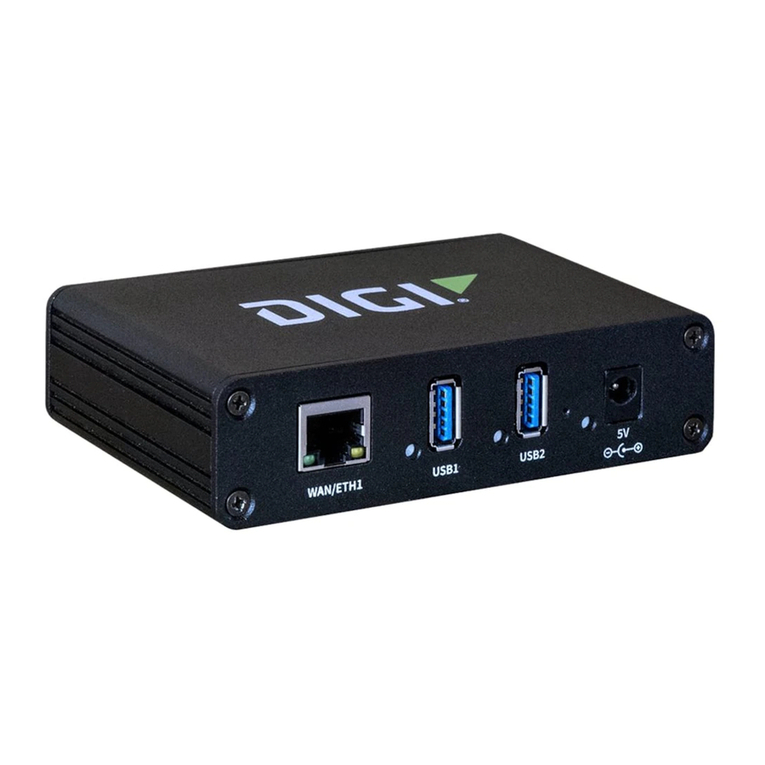
Acer
Acer Altos G300 User manual
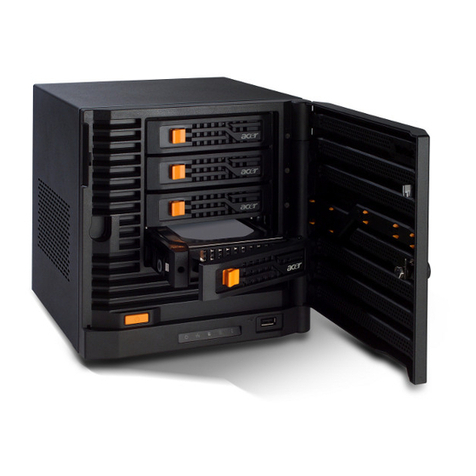
Acer
Acer Altos easyStore M2 User manual

Acer
Acer M19A System User manual
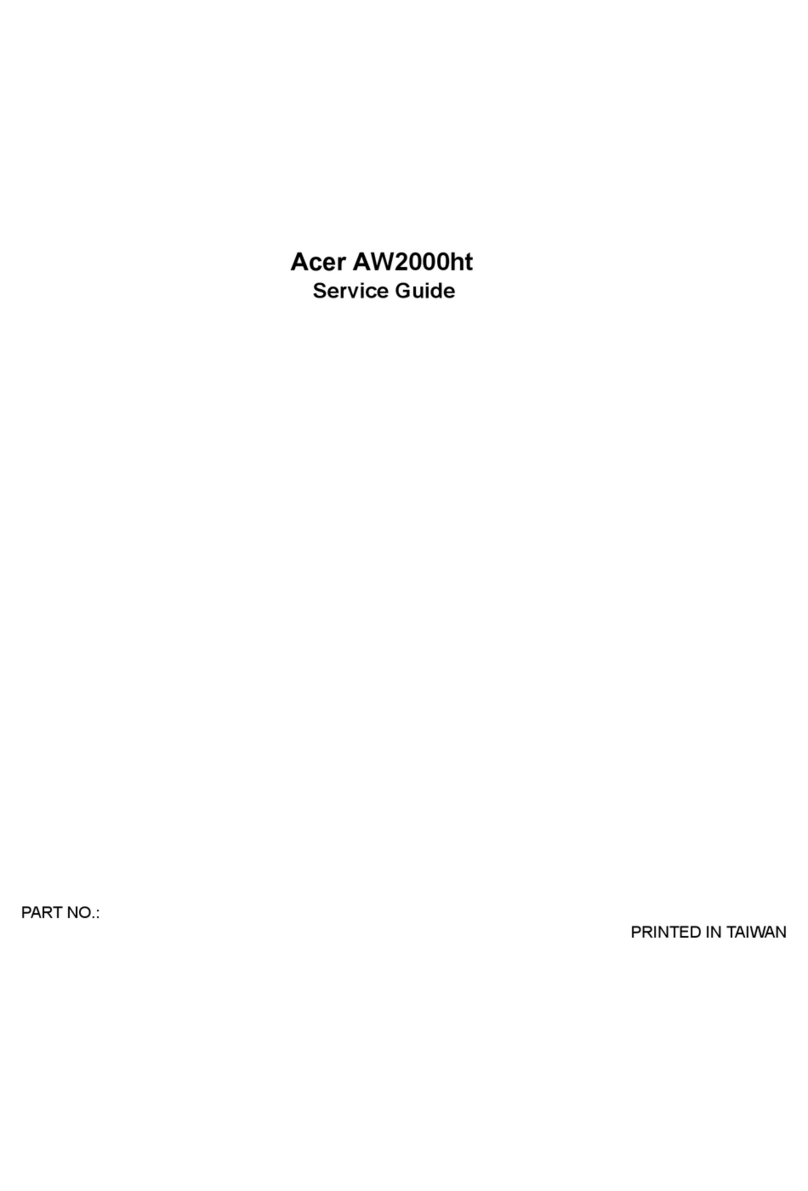
Acer
Acer AW2000ht-AW170ht F1 User manual
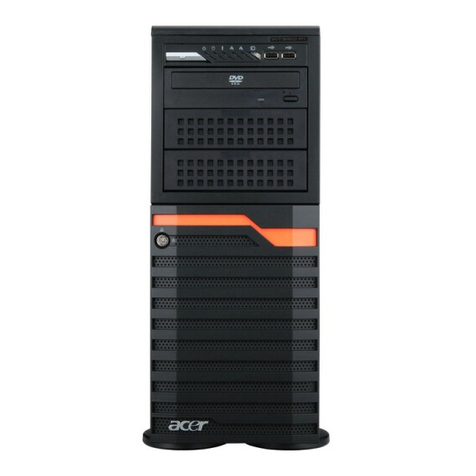
Acer
Acer AT350 F1 Series User manual
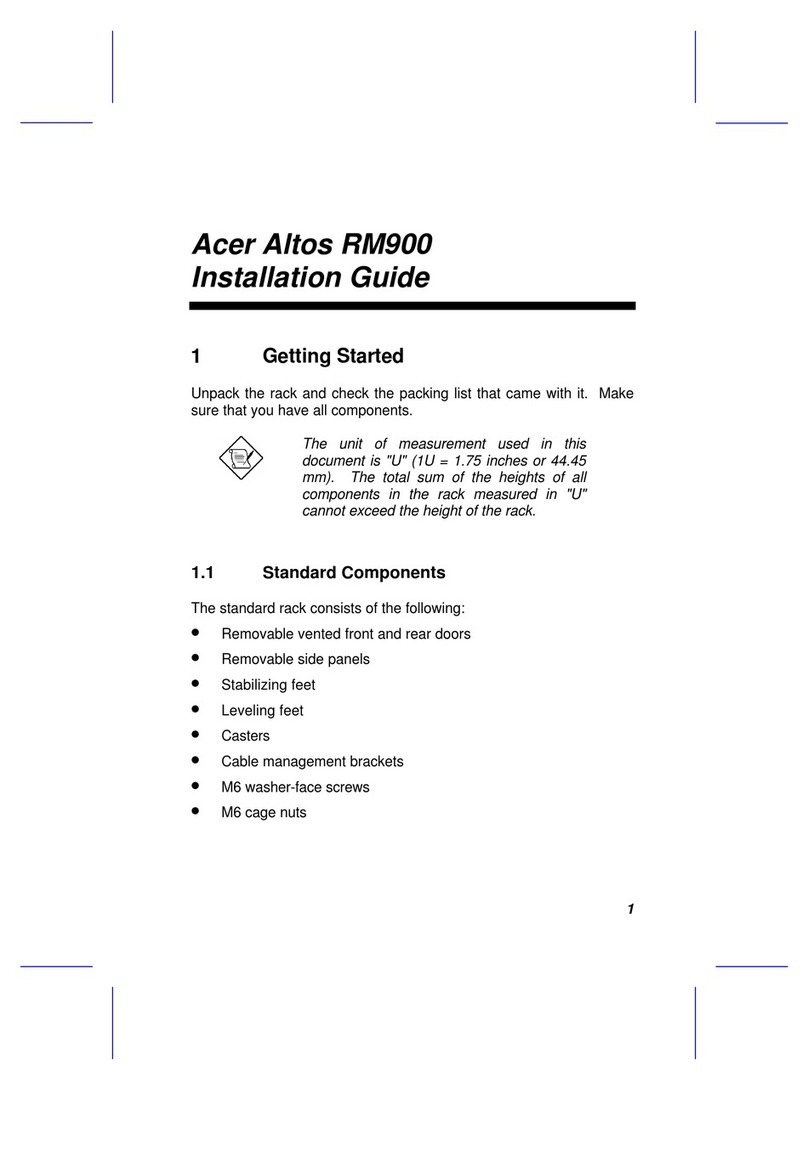
Acer
Acer Altos RM900 User manual

